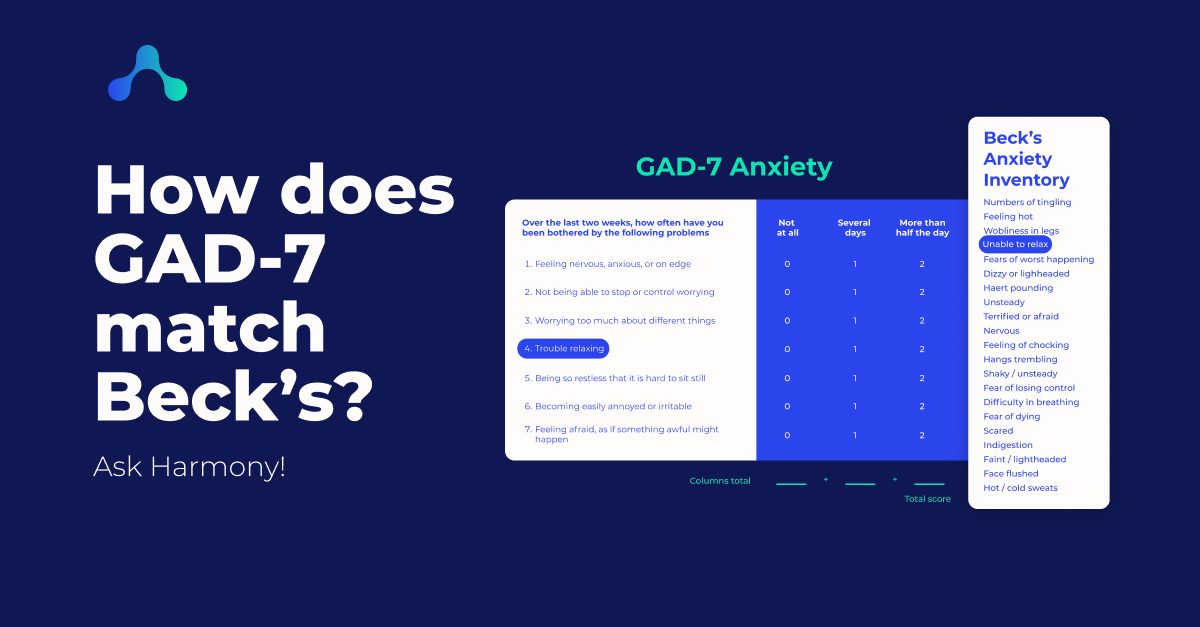Harmony News

Harmony was able to reconstruct the matches of the questionnaire harmonisation tool developed by McElroy et al in 2020 with the following AUC scores: childhood 84%, adulthood 80%. Harmony was able to match the questions of the English and Portuguese GAD-7 instruments with AUC 100% and the Portuguese CBCL and SDQ with AUC 89%. Harmony was also evaluated using a variety of transformer models including MentalBERT, a publicly available pretrained language model for the mental healthcare domain.

The Wellcome Data Prize was recently featured on Smile 90.4FM, a radio station in South Africa. In this episode, Inês Pote discussed the Wellcome Data Prize in Mental Health. Wellcome is on the lookout for teams that develop innovative ways to use data to improve the prevention, treatment, and management of anxiety and depression in young people in South Africa. See also - during the Wellcome Data Prize we participated in a joint workshop with TIDAL, another team in the Data Prize.

5 key things Implementation Science has taught us to focus on Yesterday the Harmony team received the wonderful news that we are given the chance to continue working on Harmony for another six months, after which we can put ourselves forward for the final round. The Wellcome Mental Health Data Prize has chosen an unusual (for the research world) approach this time, using a “Dragon’s Den” style scheme where research teams can pitch their ideas to win funding for their projects.

Semantic text matching is a task in natural language processing involving estimating the semantic similarity between two texts. For example, if we had to quantify the similarity between “I feel nervous” and “I feel anxious”, most people would agree that these are closer together than either sentence is to “I feel happy”. A semantic text matching algorithm would be able to place a number on the similarity, such as 79%.

Marketing is important for an open science NLP project such as Harmony for several reasons: To raise awareness of the project and its goals. Research projects are often complex and technical, so it’s important to communicate their value and potential to a wide audience. Marketing can help to do this by creating clear and concise messaging, and by promoting the project through channels that reach the target audience. To attract contributors and collaborators.

Now more than ever, the international research community are keen to determine whether their findings replicate across different contexts. For instance, if a researcher discovers a potentially important association between two variables, they may wish to see whether this association is present in other populations (e.g. different countries, or different generations). In an ideal world, this would be achieved by conducting follow-up studies that are harmonised by design. In other words, the exact same methodologies and measures would be used in a new sample, in order to determine whether the findings can be replicated.